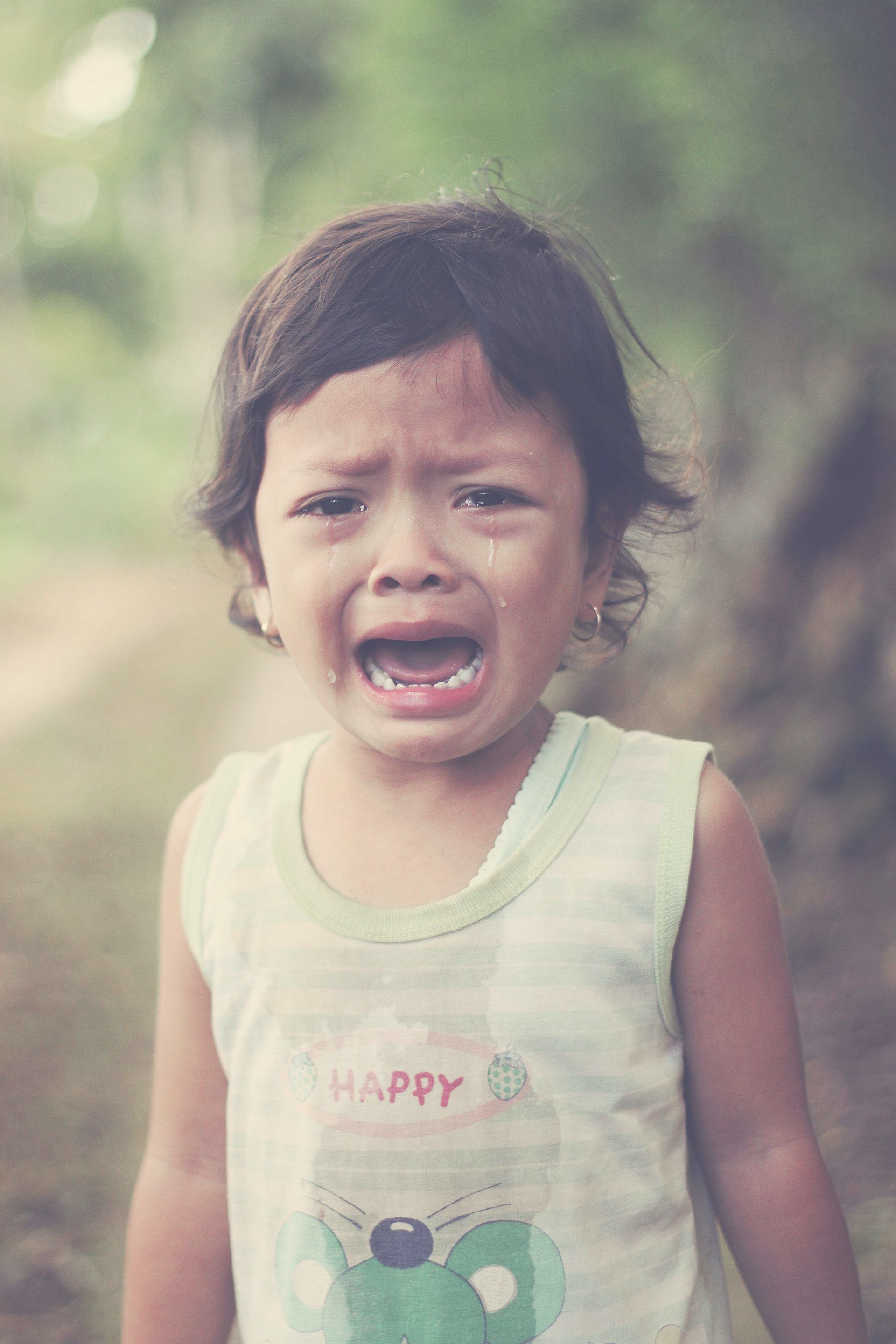Helping our Kids Self-Regulate | Counselling & Psychotherapy in Barrie
Coaching vs. Controlling: Guiding Emotional Regulation

When adults experience strong emotions, we typically expect them to manage their reactions with self-awareness and control. However, when it comes to children, the approach must be different. Rather than expecting them to regulate themselves immediately, our role as parents and caregivers is to coach them through these big feelings.
Children don’t yet have the tools to self-regulate effectively. When they scream, cry, or throw tantrums, they’re expressing emotions they don’t fully understand. This is where we step in—not to suppress their feelings, but to guide them in expressing their emotions in a way that is both healthy and appropriate.
Interrupting Without Invalidating
A key part of emotional coaching is knowing when and how to step in. While it’s important to validate a child’s emotions, it’s equally important to help them regulate their response. For example, if a child starts screaming in the middle of a store, we need to acknowledge their frustration while also guiding them toward a calmer state. This might look like:
- Holding their hand and saying, “I can see that you’re upset. Let’s take a deep breath together.”
- Helping them notice their surroundings: “You’re being very loud, and other people around us are getting startled. Let’s use a quieter voice.”
- Offering a constructive way to express their emotions: “Can you tell me with your words what’s making you feel this way?”
By doing this, we teach children that their emotions are valid, but their reactions can be shaped in ways that are more constructive and socially appropriate.
The Myth of Catharsis: Why Expressing Anger Aggressively Doesn’t Help
There’s a common misconception that venting anger—whether through yelling, hitting, or acting out—provides relief. Studies show that this actually has the opposite effect; expressing anger in an aggressive manner often intensifies the feeling rather than resolving it.
For example, if someone cuts you off in traffic and you react by yelling and driving aggressively, you likely feel more enraged rather than calmer. The same principle applies to children. If they react to anger by thrashing, hitting, or screaming uncontrollably, they are reinforcing those emotions rather than resolving them.
This is why it’s essential to intervene—not to shut down their emotions, but to show them more effective ways of processing their feelings.
The Power of Safe Spaces
One effective strategy for helping children manage intense emotions is creating designated safe spaces for expression. In our home, we use something we call the screaming chair—a space where children can go to express their frustration without disrupting others. The key to this approach is:
- No punishment involved. The child isn’t being sent away as a consequence but is being offered a space to release their emotions safely.
- No time limits. They can stay as long as they need to calm down and leave when they are done.
- Reassurance of support. Once they’re ready, they are invited to rejoin the family and talk about what happened.
We’ve found that this approach is highly effective. Initially, children may continue to scream, but they quickly realize that they are being given permission to feel their emotions in a safe way. Over time, they begin to self-regulate more effectively and return in a better mood, often more willing to talk about their feelings.
Avoiding the Common Pitfalls
- Ignoring the Outburst:
- Some parents believe that ignoring tantrums will make them stop. While this may work in some cases, it often makes the child feel unheard, leading to more extreme behavior.
- Trying to Fix the Problem Too Soon:
- When a child is overwhelmed, they first need to be heard before they can problem-solve. Jumping to solutions can feel dismissive rather than supportive.
- Matching Their Energy:
- If a child is yelling and a parent yells back, it escalates the situation. Staying calm and using a gentle tone helps model the behavior we want them to learn.
Building Emotional Intelligence for the Future
One of the greatest gifts we can give our children is emotional intelligence. By guiding them through their emotions now, we’re equipping them with skills they will use in friendships, romantic relationships, and professional settings later in life. A child who learns to recognize, express, and regulate their emotions in a healthy way will grow into an adult who can navigate conflict, communicate effectively, and build strong relationships.
And, of course, as parents, we need to practice what we preach. Our children are always watching and learning from how we handle our own emotions. By demonstrating patience, self-regulation, and empathy, we teach them far more than words ever could.
Helping kids regulate their emotions isn’t about controlling them—it’s about guiding them toward self-awareness, resilience, and emotional well-being. With patience, consistency, and compassion, we can set them up for a lifetime of healthier emotional responses and stronger relationships.
____________________________
This blog is a companion to our podcast Beyond the Session brought to you by our team here in Barrie, ON. To hear the full episode please CLICK HERE. Or to book with one of our therapists you can use THIS LINK.
Photo by Arwan Sutanto on Unsplash